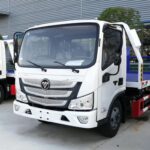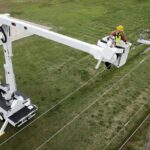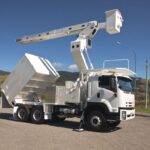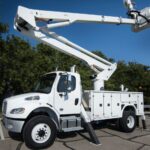Telescopic Aerial Lift Trucks: Advancing Vertical Mobility Safely
In the realm of construction and maintenance, reaching new heights isn’t just a metaphorical expression; it’s a daily necessity. From fixing power lines to pruning trees, many tasks require workers to ascend to considerable heights. Traditional methods of accomplishing such feats often involve scaffolding, ladders, or even cranes, but these methods come with their own set of challenges, including safety risks and inefficiencies. எனினும், the evolution of technology has birthed a solution that’s changing the game: telescopic aerial lift trucks.
The Evolution of Vertical Mobility
Telescopic aerial lift trucks, also known as cherry pickers or boom lifts, represent a significant advancement in vertical mobility. Unlike stationary cranes or traditional ladders, these versatile machines offer a combination of height, reach, and stability, allowing workers to access elevated areas with ease and safety.
The evolution of aerial lift technology has been remarkable. Early iterations were rudimentary, offering basic vertical extension capabilities. எனினும், modern telescopic aerial lift trucks are equipped with sophisticated features designed to enhance safety, efficiency, and functionality.
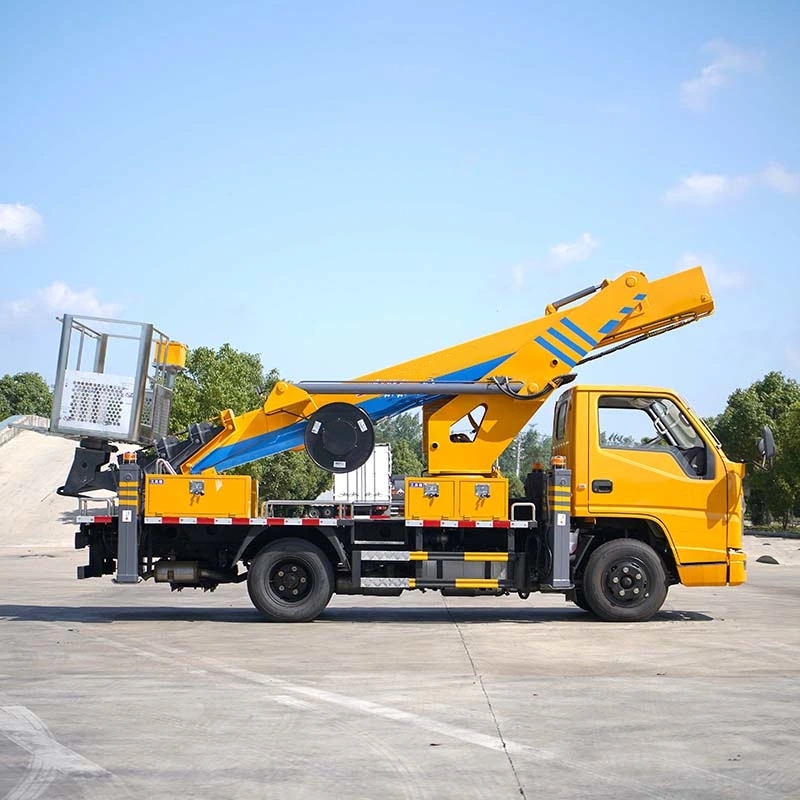
Safety First: Redefining Workplace Safety Standards
One of the most critical aspects of any industrial equipment is safety, and telescopic aerial lift trucks excel in this area. These machines are designed with multiple safety features to protect both operators and bystanders.
First and foremost, stability is paramount. Telescopic aerial lift trucks are engineered with sturdy bases and outriggers that provide a solid foundation, even on uneven terrain. Additionally, many models feature advanced stabilization systems that automatically adjust to maintain equilibrium, minimizing the risk of tipping.
Furthermore, these machines are equipped with robust fall protection mechanisms. Harnesses, guardrails, and interlock systems ensure that operators remain secure while working at height. Some models even come with emergency descent systems that can safely lower the platform in the event of a malfunction.
Versatility: Adapting to Diverse Applications
One of the primary advantages of telescopic aerial lift trucks is their versatility. These machines are capable of tackling a wide range of tasks across various industries.
In the construction sector, telescopic aerial lift trucks are invaluable for tasks such as installing facade panels, conducting inspections, and performing maintenance on tall structures. Similarly, in the telecommunications industry, these machines are used to access cell towers and overhead lines for installation and repair work.
Moreover, telescopic aerial lift trucks are indispensable in the realm of arboriculture. Tree maintenance professionals rely on these machines to prune branches, trim foliage, and conduct health assessments safely and efficiently. The precise maneuverability and reach of telescopic aerial lift trucks make them ideal for navigating densely vegetated areas while minimizing environmental impact.
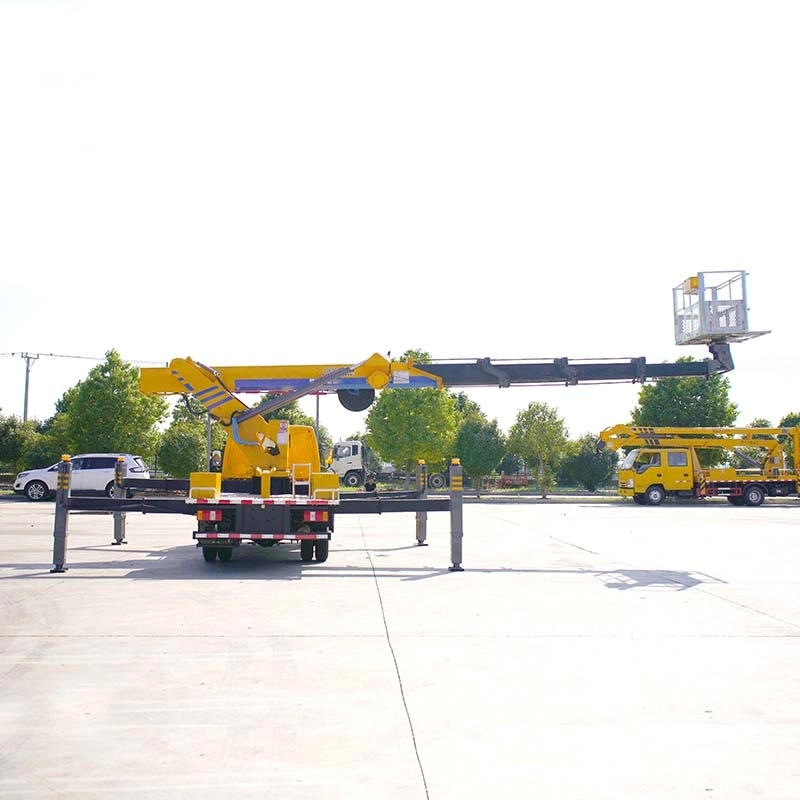
Efficiency and Productivity: Streamlining Workflows
Beyond safety and versatility, telescopic aerial lift trucks offer significant efficiency gains compared to traditional methods of accessing elevated areas.
With their rapid deployment and intuitive controls, these machines enable workers to complete tasks in a fraction of the time it would take using manual methods. This increased efficiency translates to cost savings and enhanced productivity for businesses across various industries.
Furthermore, telescopic aerial lift trucks can access areas that may be inaccessible or hazardous with other equipment. Their ability to extend vertically and horizontally makes them ideal for navigating obstacles such as buildings, machinery, and natural terrain features.
The Future of Vertical Mobility
As technology continues to evolve, telescopic aerial lift trucks are poised to become even more advanced and capable. Innovations such as remote operation, augmented reality interfaces, and autonomous functionality hold the promise of further enhancing safety and efficiency in vertical work environments.
Additionally, the integration of sustainable power sources, such as electric propulsion systems and hybrid engines, aligns with growing environmental consciousness and regulatory requirements.
In conclusion, telescopic aerial lift trucks represent a paradigm shift in vertical mobility, offering unparalleled safety, versatility, and efficiency. As industries continue to evolve and adapt to new challenges, these machines will undoubtedly play a vital role in shaping the future of work at height.


